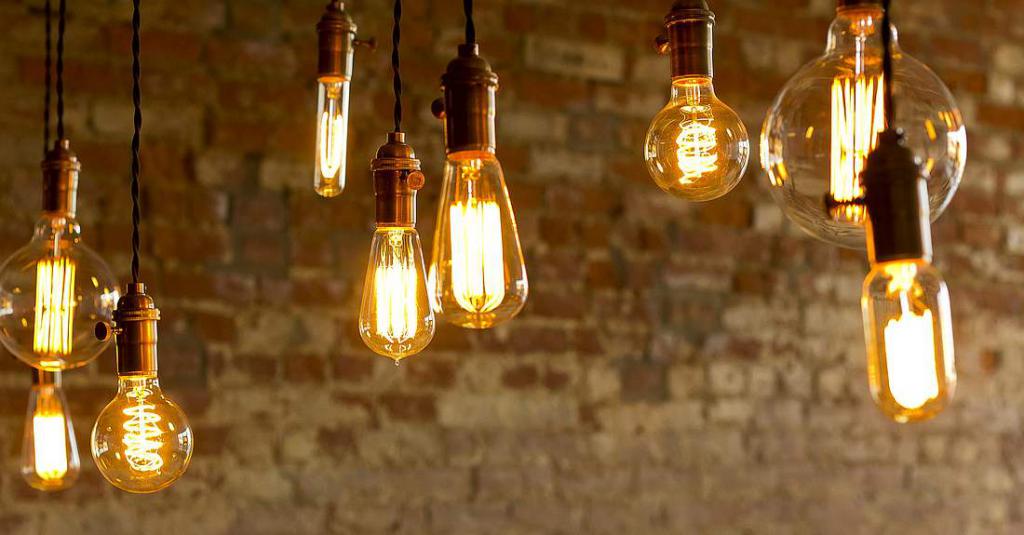Balancing Innovation and Efficiency: How Lighting Solutions Are Shaping Modern Spaces

Lighting today is more than a basic utility; it’s a foundational element of modern design. From residential interiors to large-scale commercial installations, lighting choices now reflect a blend of function, mood, and energy performance. As technology evolves, the components behind lighting systems matter more than ever. The shift toward energy-efficient, customizable lighting systems has brought LED technology into the spotlight where flexibility meets innovation.
But behind every glow is a system of reliable components, and selecting the right ones is essential for performance, longevity, and design integrity.
The Shift Toward Smarter Lighting Systems
In recent years, there’s been a noticeable move toward lighting that adapts to people’s lives. Whether it’s a living room that shifts tones throughout the day or a retail display needing focused brightness, modern lighting solutions are expected to do more than just illuminate.
This demand has accelerated the adoption of LEDs known for their energy efficiency and extended lifespan. But LEDs are also versatile. They allow for finer control over brightness, temperature, and even color, enabling environments that are more responsive to user needs. At the same time, installation methods and support hardware must keep pace, especially as smart homes and energy-saving initiatives become standard priorities.
Core Features of Reliable Strip Lighting
One of the most adaptable formats in modern lighting is the LED strip. With its slim profile and flexible design, it fits into places traditional fixtures can’t under cabinets, along staircases, around signage, or integrated into architecture.
But not all LED strips offer the same quality. Consistency in brightness, color rendering, and durability are key aspects that users consider when planning a project. A dependable strip light can dramatically change a room’s tone, offering clean lines of light that don’t just add illumination but also enhance structure and style.
Professionals looking for quality, variety, and technical reliability often work closely with LED Strip Lights suppliers who understand both the product details and practical applications. This middle point in the lighting ecosystem plays a quiet yet crucial role connecting design intent with on-the-ground functionality.
Behind the Glow: Power Supply as the Unsung Hero
While the light gets the spotlight, the power supply is what keeps it shining consistently and safely. Without the right power source, even the most advanced LED setup can fall short of flickering lights, shortened lifespans, or inefficient performance can all trace back to the supply.
LED power supplies ensure that lights receive the appropriate voltage and current, adjusted to their needs. This balance is especially important for installations running multiple strips or modules over extended durations. Beyond performance, safety also plays a part overload protection, waterproofing, and temperature control help prevent issues before they start.
For those sourcing in larger volumes or working across multiple projects, the role of LED Power Supply Wholesale becomes evident. Access to scalable, consistent components not only saves cost but also ensures compatibility and project integrity across varying environments.
Choosing the Right Partners for Lighting Solutions
Whether you’re working on a single-room renovation or a commercial rollout, the success of a lighting system often depends on the people behind the products. It’s not just about purchasing components, it’s about understanding where those parts come from, how they’re made, and what kind of support is available post-purchase.
Good suppliers and wholesalers don’t just ship products they provide insight. They anticipate installation challenges, recommend alternatives, and ensure products meet safety and efficiency standards. In an industry where technology moves fast, having a knowledgeable partner can make a significant difference.
For example, selecting a strip with the correct lumens, IP rating, and cut length options is as important as choosing a power supply that can handle variable loads and environmental conditions. Having a trusted source means less guesswork and more confidence in execution.
Lighting That Works with the Future
As buildings become smarter and energy-consciousness becomes the norm, lighting will remain central to innovation. Future-ready lighting isn’t just about brighter output it’s about smarter integration, longer service life, and seamless control.
To get there, attention must be paid to both ends of the system: the visible design element and the hidden backbone that powers it. LED strip lights and their power supplies are integral to this balance. Thoughtful selection, expert guidance, and quality sourcing will continue to be vital especially as lighting systems become more embedded into how we interact with our spaces.




